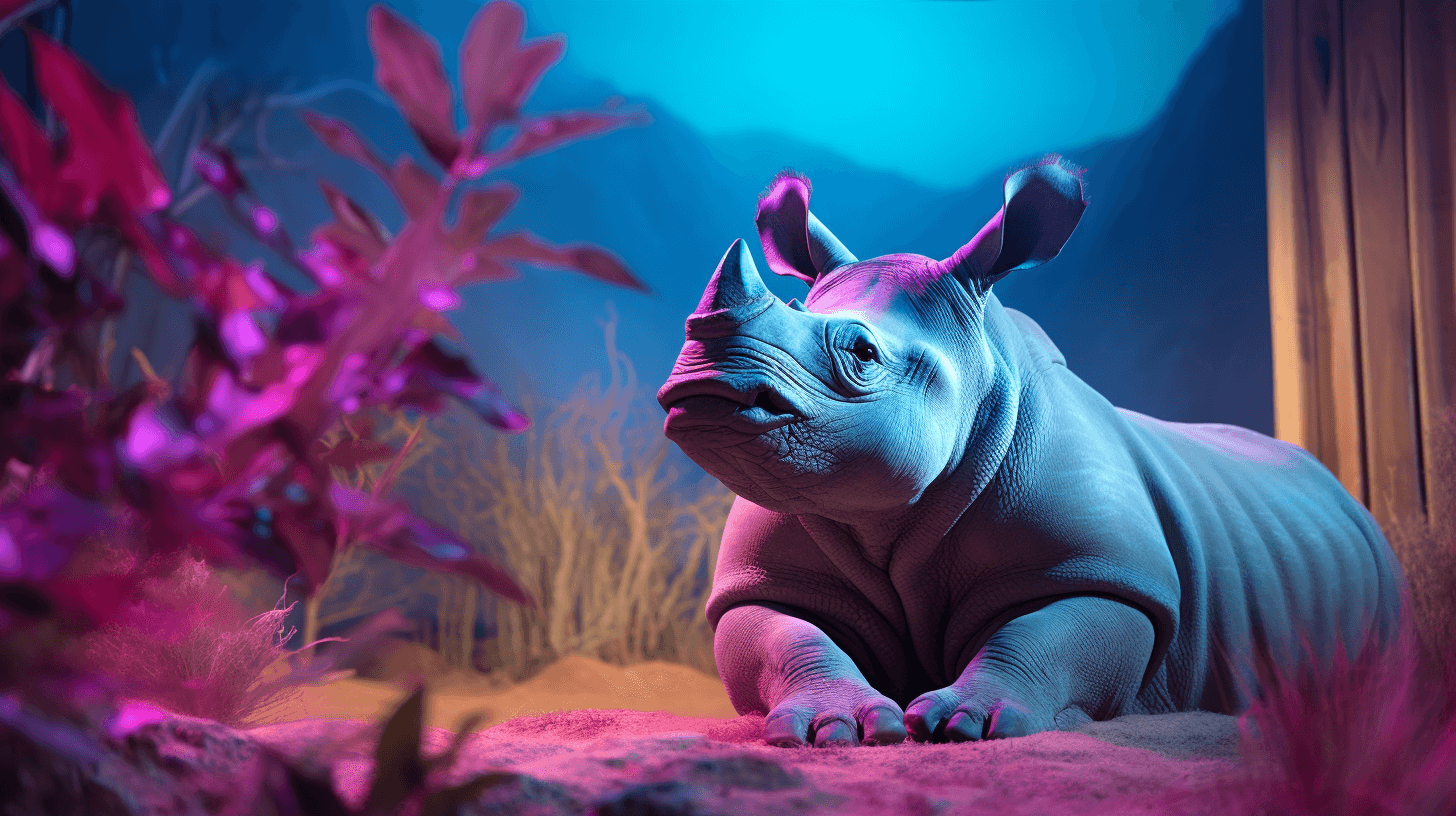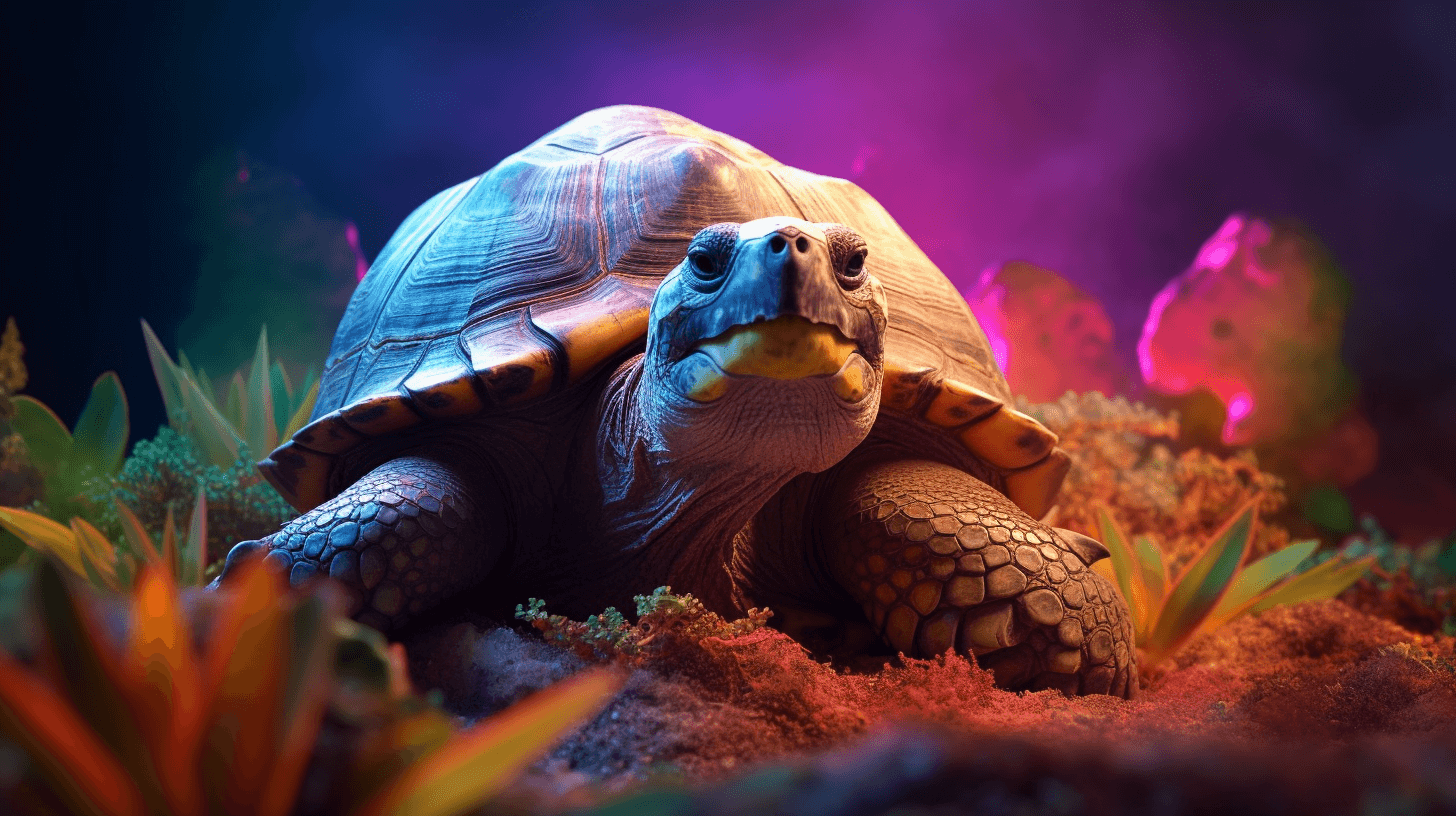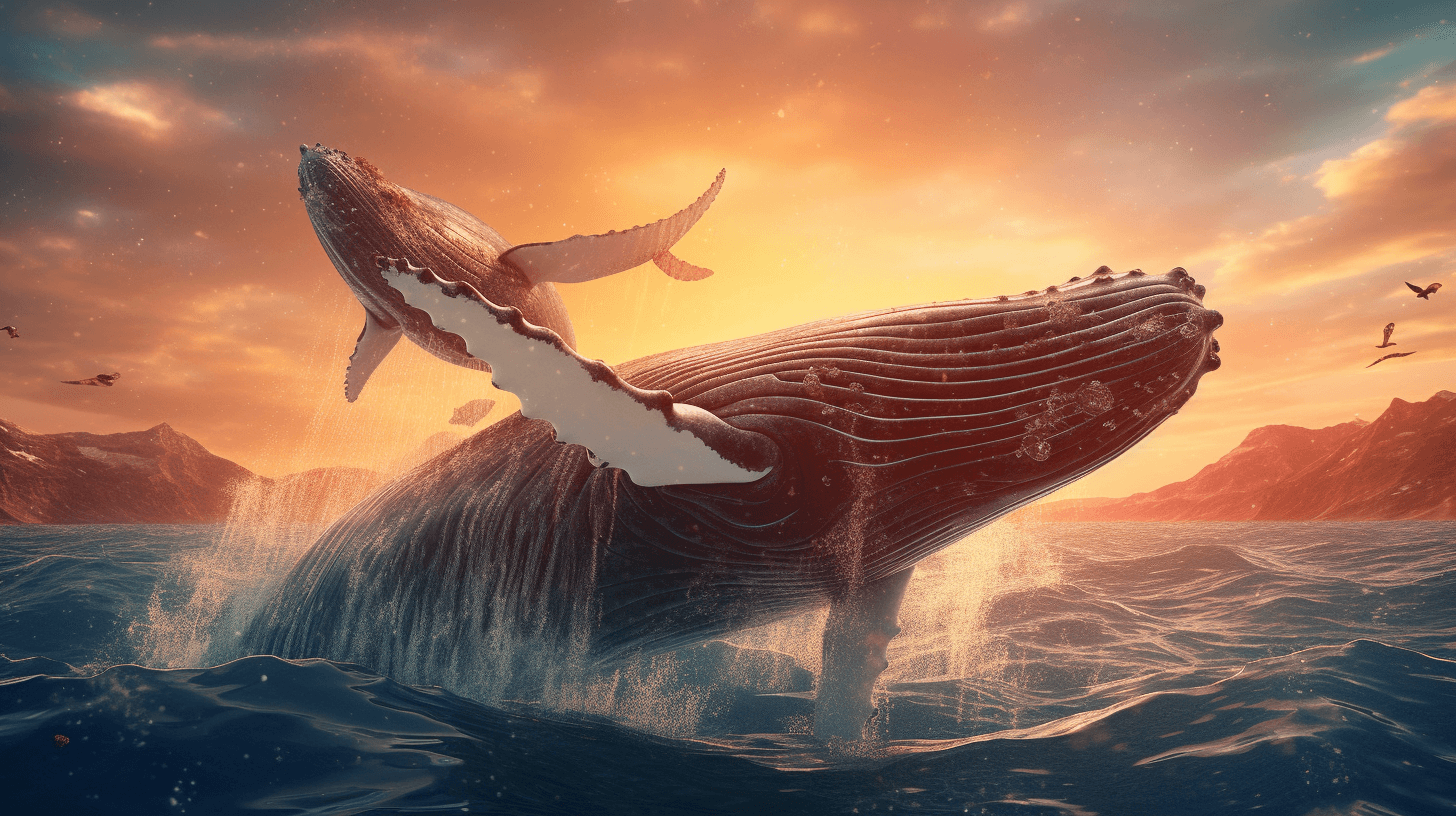🌳 Ancient Time Capsule: Greenlan’ Unwrap Da Secrets of Da Oldest DNA – Get Mastodons, Geese, Trees, Plenny Kine! 🐘🦀🌲
⬇️ Pidgin | ⬇️ ⬇️ English
So dis one serious story, yeah? Us guys been tink da oldest DNA wuz only liddat one million years old, but den scientists wen unearf da real old stuff in Greenland’s permafrost! No kidding, bruddah, dis is da good kine science.
Right on da north side of Greenland, da scientists wen find fragments of DNA dat stay giving us da look at one ancient ecosystem, old school kine. Dis DNA stay dating back two million years! Ho, dat’s almost two times older den da mammoth DNA from Siberia. 🦣 And dis DNA? Came from over 135 kine different species!
Da region dat stay only 600 miles from da North Pole once had one forest full of poplar and birch trees, and mastodons just cruising around. Da forest wen house caribou and Arctic hares, and da warm coastal waters get plenny horseshoe crabs, da kine no can find north of Maine nowadays. 🌲🦌🦀
Da whole scientific community stay buzzin’ ’bout dis study. Dem bones and plants make da scene come alive, li’dat magic show. Da peeps even saying dis gonna blow da minds of many guys.
Dis discovery, yeah, wen take two decades of hard work. No joke, had some tough times too. Eske Willerslev, one of da leadahs, wen come up with new ways fo’ pulling DNA from da dirt back when he was studying at da University of Copenhagen. 🧪🔍
Back in 2003, he wen study Siberian permafrost, found DNA from willow and daisies dat wen date back 400,000 years. Set one record, but plenny scientists tink no can find anyting older. Dem Danish guys tried to go big in northern Greenland, but first time? No luck. 🌼❄️
Aftah dat, had some hits and misses, but da technology wen get bettah, and finally, in 2017, BAM! Da permafrost wen turn out to be LOADED wit’ genetic material, yeah. Was like hitting da jackpot, and da story wen just get wildah from dea. 🎰🧬
Da DNA fragments wen show 102 different kinds of plants, including some nevah seen before. Had land animals too, like caribou, hares, mastodons, geese, lemmings, and ants, plus marine species, like horseshoe crabs, corals, and algae. 🐇🐜🐠
Da guys even wen search da permafrost fo’ new clues ’bout da age of da fossils. Found da minerals dat revealed dat da Earth’s magnetic field wen flip – one big clue fo’ dating. Kap Kobenhavn is at least two million years old! Talk about old school! 🌍
And da story no stop dere, brah. Da researchers wen learn plenty ’bout how all dese species did live up north of da Arctic Circle. How da trees survive half da year in darkness, how da DNA preserve for so long. Get secrets of adaptation all ovah. 🌓🌳
Dey even working on new ways fo’ pull out more DNA from ancient dirt, scouting sites in Canada dat might be four million years old. Da challenge stay big, but who knows what dey gonna find next? 🇨🇦🔬
Fo’ real, dis discovery open up our eyes to how da human-driven climate change going change da Arctic. Life gonna adapt, but in ways we might nevah expect. Aftah all, Kap Kobenhavn two million years ago? Ain’t no place like dat today. 🌎💨
In da end, dis DNA trip, all da way from Greenland, wen teach us plenny ’bout where we come from, and maybe even where we going. No can wait fo’ see what comes next! 🏞️🧩 Da ancient world still get plenty fo’ show us. 🦕🗺️
NOW IN ENGLISH
🐘🦀🌲 Ancient Time Capsule: Greenland Unveils the Secrets of the Oldest DNA – Mastodons, Geese, Trees, and More!
Greenland’s permafrost has unveiled a significant discovery, providing an extraordinary glimpse into an ancient ecosystem. The uncovered fragments of DNA are at least two million years old, almost twice the age of the previous record held by mammoth DNA from Siberia. The samples come from over 135 different species, offering an astonishing look at the ancient world.
Just 600 miles from the North Pole, this region was once covered by a forest filled with poplar and birch trees, inhabited by mastodons. Caribou and Arctic hares also called this forest home, and the warm coastal waters were filled with horseshoe crabs, a species now unseen north of Maine. 🌲🦌🦀
Scientists and experts are excited about this major advance in study, likening the discovery to a magical insight into an ancient ecosystem. The fascinating find is expected to surprise many.
The research took two decades of hard work and innovation. One of the leaders of the project, Eske Willerslev, developed new techniques for extracting DNA from sediment during his studies at the University of Copenhagen. 🧪🔍
In 2003, Willerslev’s research in Siberian permafrost led to the discovery of 400,000-year-old DNA from willows and daisies. Although this set a record, many believed finding anything older was unlikely. Yet, the team persevered in northern Greenland, and finally, in 2017, they hit the jackpot, finding a wealth of genetic material. 🎰🧬
The uncovered DNA revealed 102 different kinds of plants, including 24 previously unidentified ones. The samples also included DNA from land animals such as caribou, hares, mastodons, geese, lemmings, and ants, as well as marine species like horseshoe crabs, corals, and algae. 🐇🐜🐠
Further investigation into the permafrost led to clues about the age of the fossils, revealing that the Earth’s magnetic field had flipped, which helped date the site to at least two million years old. 🌍
The researchers’ findings continue to astound, shedding light on how species thrived north of the Arctic Circle. The discovery also opened doors to understanding how DNA can preserve for such a lengthy period, and the team is developing new methods to extract even more ancient DNA. 🌓🌳
The work continues with the hope of breaking their own record by exploring four-million-year-old sites in Canada. The ancient DNA provides valuable insights into human-driven climate change’s potential impact on the Arctic and shows that life will adapt in unexpected ways. 🌎💨
This groundbreaking research offers a fascinating journey into our past and provides an exciting glimpse into what the future may hold. The ancient world still has much to teach us, and the anticipation for what comes next is palpable. 🦕🗺️







